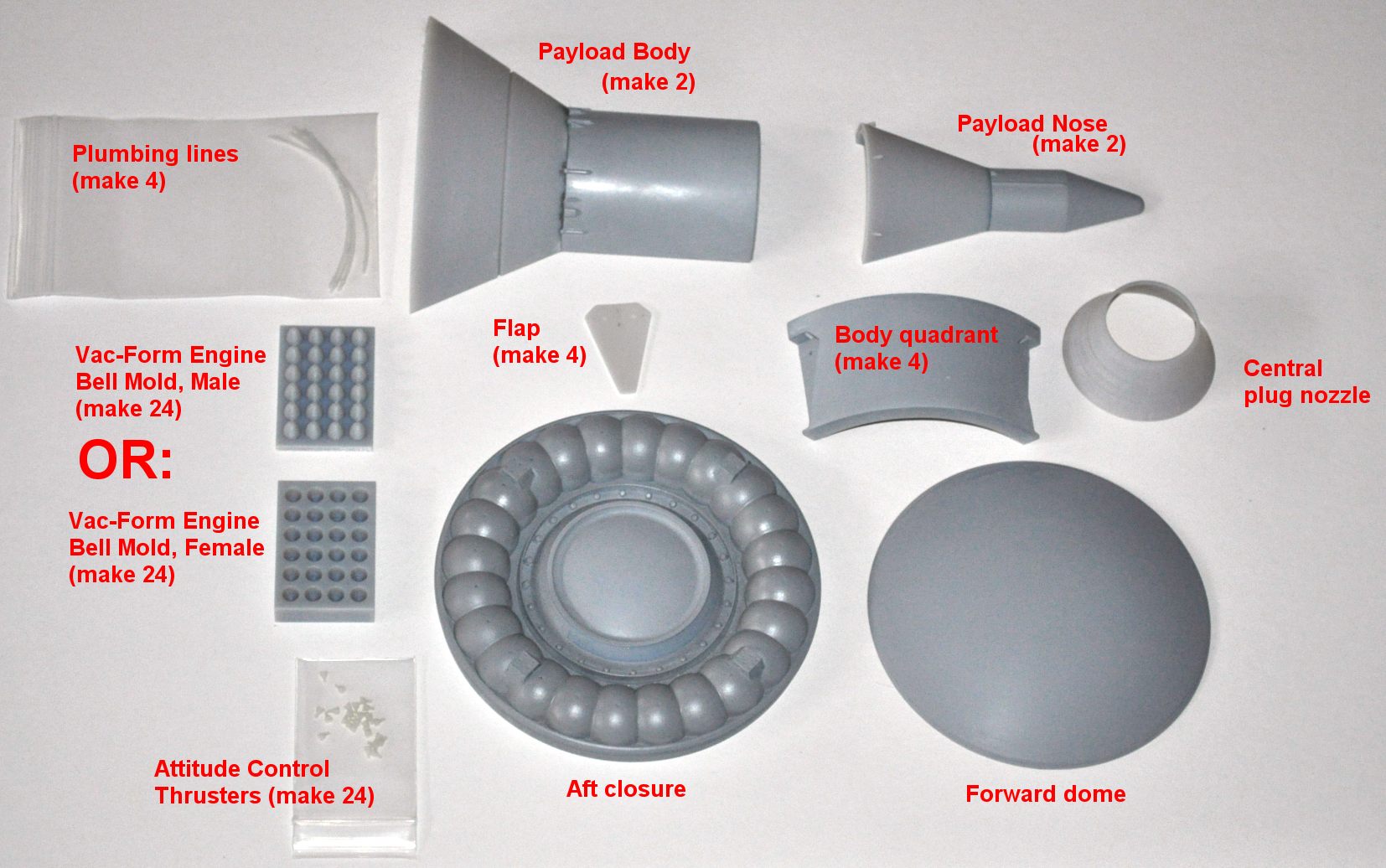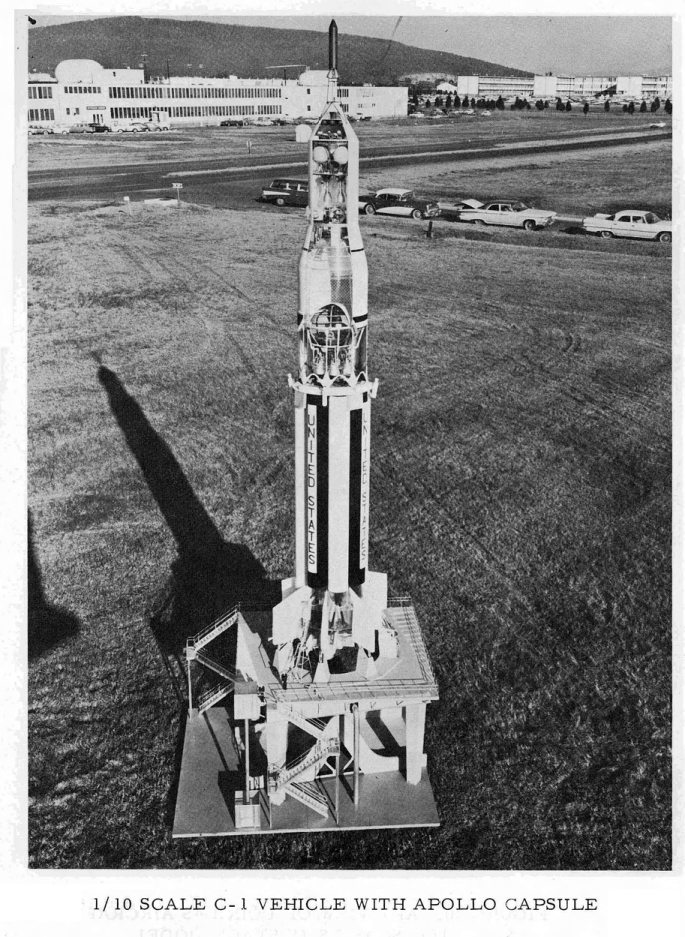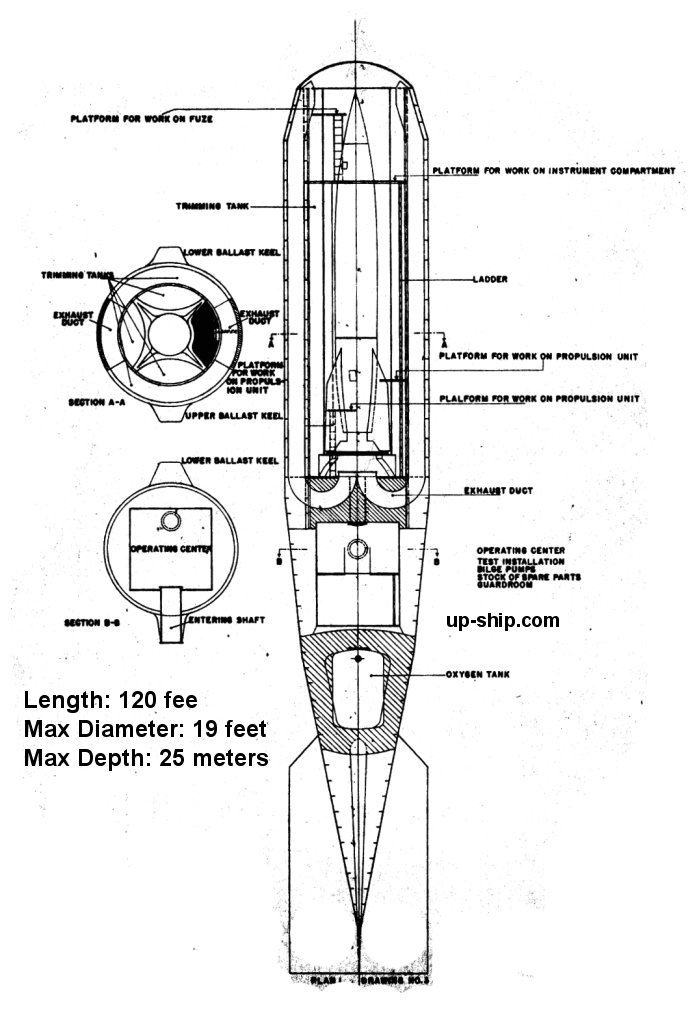Since I moved to Utah, I’ve found a total of three good hobby shops within drivable range. (For the purposes of this discussion, a “hobby shop” is defined as a store with a lot of plastic model kits, but not a hugenormous chain store like “Michaels” and “Hobby Lobby.”) One in Logan, one in Riverdale, one in Sandy.
The Logan hobby shop closed up about a month ago.
The Riverdale shop had its last day today.
The Sandy shop is still there, but I always seem to overhear people talking about it evaporating as well.
I hear this sort of thing is not uncommon. Partially this is due to the economy being sucko. Partially it’s due to kids not being as interested in building models as they are in playing Xbox (get off my lawn!). Partially its due to the Internet. And a lot of it is due to the hobby just being damned expensive.
Compared to the kits that were available when I was a kid, thirty fricken’ years ago, the current crop of kits are technologically advanced, extremely detailed and fabulously well engineered. They are also extremely expensive. Back In The Day, I could buy a decent model kit of an F-14, say, for three to five bucks. Today’s F-14 kit would easily run nearly ten times as much. A check on Squadron.com shows prices for a 1/72 F-14 model running from $18 to more than fifty damned dollars, with most about $30.
Now, I know there’s this thing called “inflation,” but it doesn’t even come close to explaining the price increase. Using this inflation calculator, three bucks in 1980 money works out to $7.92 in today’s money.
There is another source of trouble here: lawyers. Behold one particular license agreement: license.txt There was a time when a model kit company that wanted to make a model of an aircraft would ask the designing company about it, and the company would dump drawings on them to make sure they did it right. Now the companies have to jump through a whole lot of expensive legal hoops. And what’s the result? The same in scale aerospace as real aerospace: American companies are fading away, while the Chinese and Russians are going full speed ahead. It should thus come as no surprise that the manufacturer of the only 1/144 scale Boeing 787 that I’m aware of is not Monogram, or Testors, or Revell, or any other American model company… it’s Zvezda Models from Russia.
So, what do we have here. We have a model & toy culture that is seriously depleted as far as affordable replicas of actual aircraft. We have a space program that’s been dull as dishwater for decades, and has just had what remained of its harbles lopped off. We have more lawyers than engineers being produced. We have exceedingly few references to aerospace in popular music, and those that we do get (“Rocketman,” “Silent Satellite,” “Major Tom,” etc.) are all friggen’ depressing. We have a vast array of aerospace companies being merged into a very small number of monolithic, risk-averse megacorps.
It’s not just a matter of how bad things are now… but also the cultural shifts indicated by that lack of aerospace toys and models for kids means that fewer kids will be inspired to become aerospace engineers and the like. Anybody here really going to be surprised if America ceases to be relevant in the field of aerospace within the next generation?


































